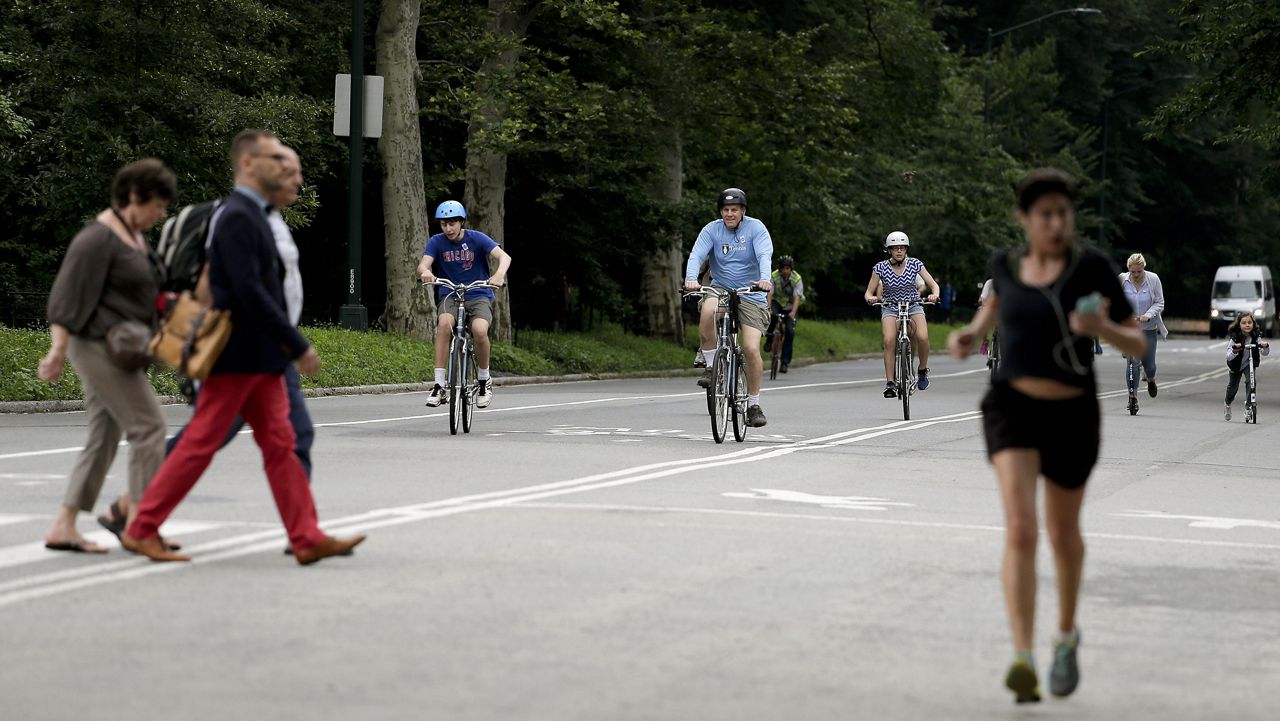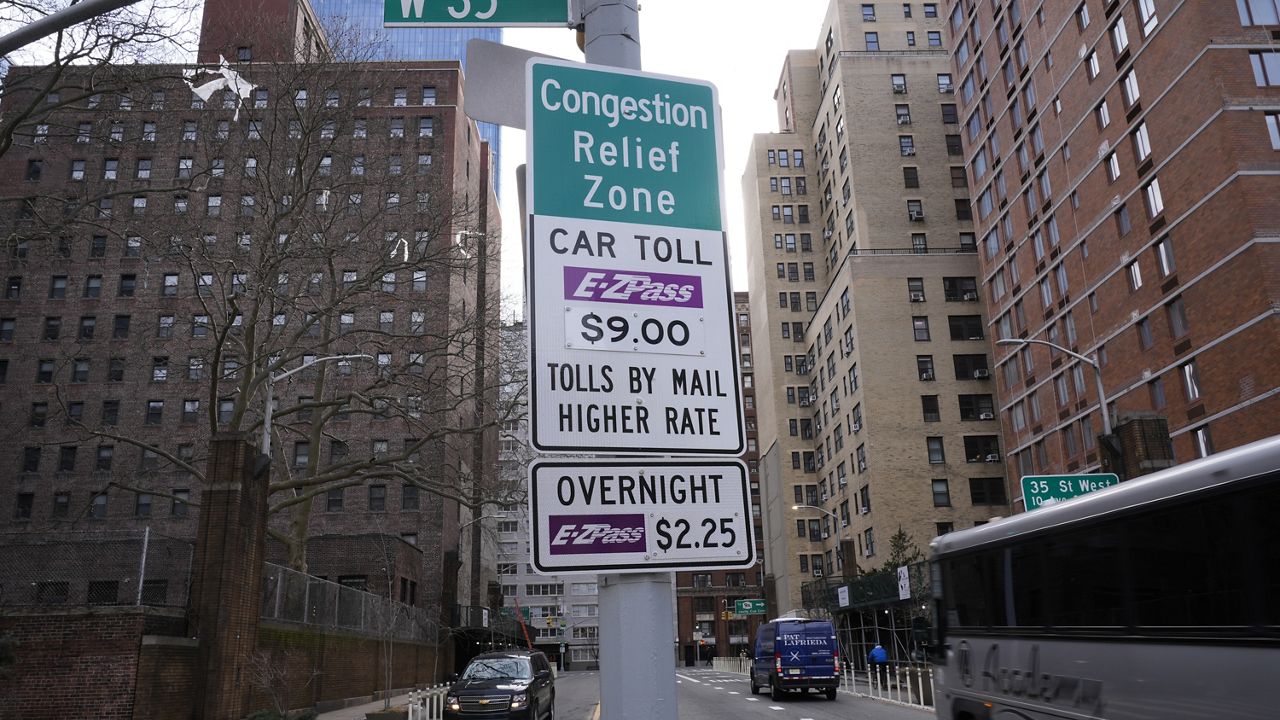A convenient access to a nearby subway station or a security threat? That's the debate over plans to add a glass elevator in a Lower Manhattan high-rise building. Some worry it will attract terrorists. NY1's Ruschell Boone explains.
Do not call them snobs or heartless people. That's the message from some tenants at the luxury apartment building 15 Broad Street who are firmly against a plan to build two subway elevators near the building, which is directly across the street from the New York Stock Exchange.
They say the plan poses a major security risk.
"I think the issue is that elevator is one more way for people to get in and out without being screened. Potentially bringing in large amounts of explosives that no one can do anything about.," said one resident.
The plan has pitted residents against each other with some calling that reasoning nonsense. They say this is a case of not in my backyard.
"I think people who are opposed to it say they don't want these ugly or potentially ugly things coming in here. I think it's a service to people with disabilities and I don't think it's a safety issue at all," said one resident.
The plan calls for the elevators to be built at the two Broad Street entrances on the J and Z lines. Madison Equities is working with the MTA on the project because of a zoning rule that gives the developer an incentive to expand its construction project at 45 Broad if Madison also make improvements to the subway station closest to the site.
"There is nothing in the zoning resolution which says we can move this benefit to another location. This is it. This is the only chance to have it done," said Madison Equities owner Robert Gladstone.
While the company stands to benefit from the project, the developer says after meeting with disability advocates he became even more passionate about building the elevators at a cost of $20 million.
"The MTA doesn't have the money, the city doesn't have the money, the state doesn't have the money," Gladstone added.
The issue was hotly debated at community board meetings about the issue.
"It's always a balance between public good and development rights. But we are coming down on the having it accessible for all New Yorkers," Community Board 1 Chair Anthony Notaro.
"It's a major public embarrassment issue. Let's be honest here. Do they really want to be the board that's blocking the civil rights," Disabled in Action Metropolitan New York President Edith Prentiss.
In the end, Community Board 1 voted in favor of the plan - a victory for those with disabilities. They say only 20 percent of the city's subway system is accessible.







)

